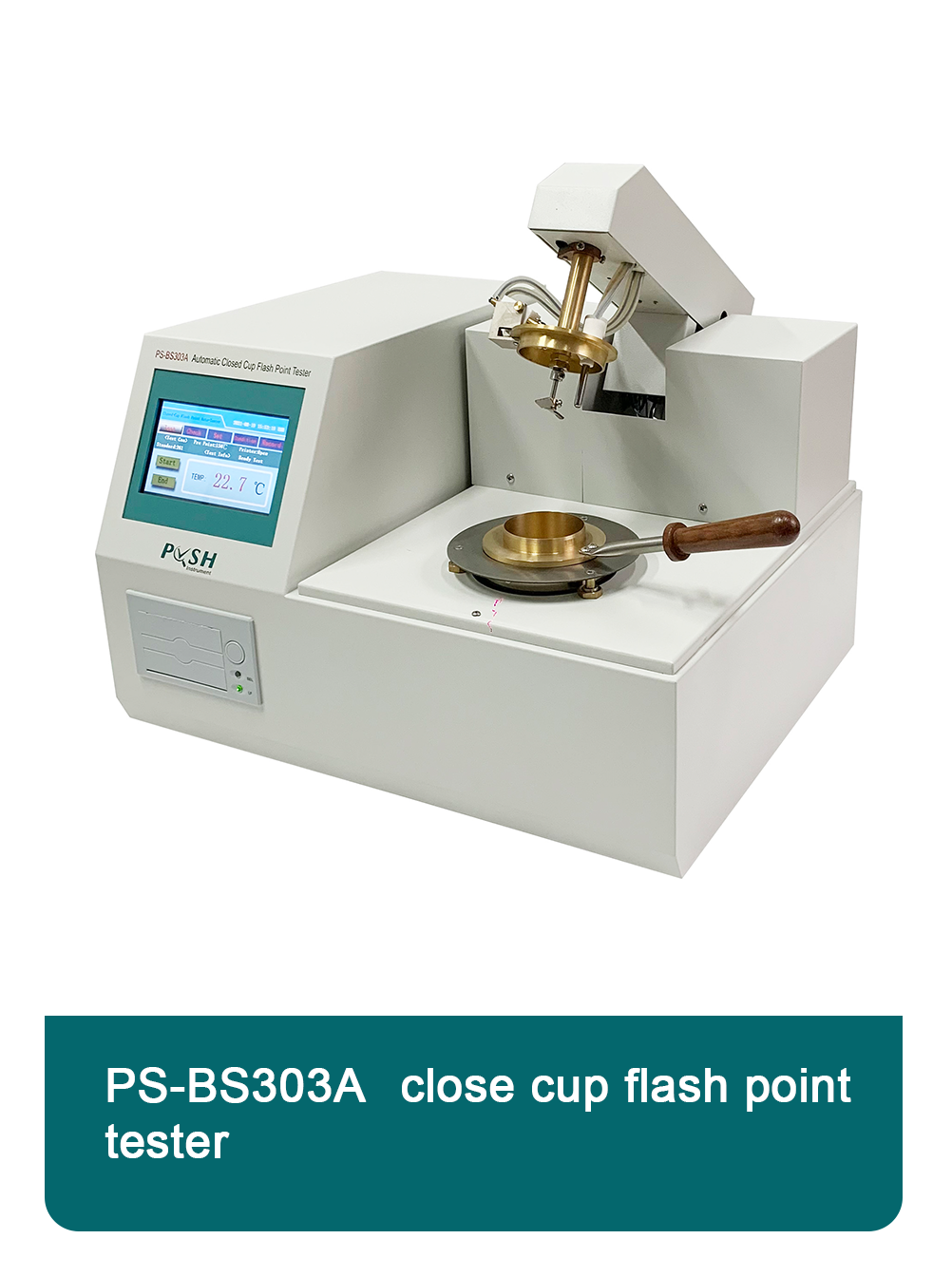 English
English



-
 Afrikaans
Afrikaans -
 Albanian
Albanian -
 Amharic
Amharic -
 Arabic
Arabic -
 Armenian
Armenian -
 Azerbaijani
Azerbaijani -
 Basque
Basque -
 Belarusian
Belarusian -
 Bengali
Bengali -
 Bosnian
Bosnian -
 Bulgarian
Bulgarian -
 Catalan
Catalan -
 Cebuano
Cebuano -
 China
China -
 China (Taiwan)
China (Taiwan) -
 Corsican
Corsican -
 Croatian
Croatian -
 Czech
Czech -
 Danish
Danish -
 Dutch
Dutch -
 English
English -
 Esperanto
Esperanto -
 Estonian
Estonian -
 Finnish
Finnish -
 French
French -
 Frisian
Frisian -
 Galician
Galician -
 Georgian
Georgian -
 German
German -
 Greek
Greek -
 Gujarati
Gujarati -
 Haitian Creole
Haitian Creole -
 hausa
hausa -
 hawaiian
hawaiian -
 Hebrew
Hebrew -
 Hindi
Hindi -
 Miao
Miao -
 Hungarian
Hungarian -
 Icelandic
Icelandic -
 igbo
igbo -
 Indonesian
Indonesian -
 irish
irish -
 Italian
Italian -
 Japanese
Japanese -
 Javanese
Javanese -
 Kannada
Kannada -
 kazakh
kazakh -
 Khmer
Khmer -
 Rwandese
Rwandese -
 Korean
Korean -
 Kurdish
Kurdish -
 Kyrgyz
Kyrgyz -
 Lao
Lao -
 Latin
Latin -
 Latvian
Latvian -
 Lithuanian
Lithuanian -
 Luxembourgish
Luxembourgish -
 Macedonian
Macedonian -
 Malgashi
Malgashi -
 Malay
Malay -
 Malayalam
Malayalam -
 Maltese
Maltese -
 Maori
Maori -
 Marathi
Marathi -
 Mongolian
Mongolian -
 Myanmar
Myanmar -
 Nepali
Nepali -
 Norwegian
Norwegian -
 Norwegian
Norwegian -
 Occitan
Occitan -
 Pashto
Pashto -
 Persian
Persian -
 Polish
Polish -
 Portuguese
Portuguese -
 Punjabi
Punjabi -
 Romanian
Romanian -
 Russian
Russian -
 Samoan
Samoan -
 Scottish Gaelic
Scottish Gaelic -
 Serbian
Serbian -
 Sesotho
Sesotho -
 Shona
Shona -
 Sindhi
Sindhi -
 Sinhala
Sinhala -
 Slovak
Slovak -
 Slovenian
Slovenian -
 Somali
Somali -
 Spanish
Spanish -
 Sundanese
Sundanese -
 Swahili
Swahili -
 Swedish
Swedish -
 Tagalog
Tagalog -
 Tajik
Tajik -
 Tamil
Tamil -
 Tatar
Tatar -
 Telugu
Telugu -
 Thai
Thai -
 Turkish
Turkish -
 Turkmen
Turkmen -
 Ukrainian
Ukrainian -
 Urdu
Urdu -
 Uighur
Uighur -
 Uzbek
Uzbek -
 Vietnamese
Vietnamese -
 Welsh
Welsh -
 Bantu
Bantu -
 Yiddish
Yiddish -
 Yoruba
Yoruba -
 Zulu
Zulu
impedance test of transformer
Understanding the Impedance Test of Transformers
Transformers play a crucial role in electrical power distribution and transmission systems. They are essential for stepping voltage levels up or down, facilitating efficient electricity transfer over long distances. One of the key tests conducted on transformers to ensure their reliability and performance is the impedance test. This article delves into the significance, methodology, and interpretation of the impedance test for transformers.
What is Impedance Testing?
Impedance testing is a method used to measure the impedance of a transformer. Impedance, expressed in ohms, encompasses both resistance and reactance and indicates how much a transformer resists electric current. The primary relevance of impedance in transformers lies in its impact on voltage regulation and short-circuit currents.
Importance of Impedance Testing
1. Voltage Regulation The impedance of a transformer influences its capability to maintain output voltage levels despite variations in load. A lower impedance typically leads to better voltage regulation, whereas higher impedance can cause significant voltage drops under load conditions.
2. Short-Circuit Analysis During fault conditions, such as short circuits, the impedance values are critical for understanding current behavior. High impedance can limit fault current, reducing equipment damage, whereas low impedance may allow harmful high fault currents.
3. Losses The test also aids in calculating losses within the transformer. Copper losses (I²R losses) and iron losses (hysteresis and eddy current losses) need to be understood for efficient transformer operation.
4. Transformer Sizing By analyzing impedance, engineers can better determine suitable transformer sizes, ensuring they are neither over nor under-sized for specific applications.
Conducting the Impedance Test
The impedance test can be performed using two primary methods the block test and the short-circuit test.
impedance test of transformer

- Block Test This involves applying a voltage to the high-voltage side of the transformer while measuring the current on the low-voltage side. The test is conducted with the secondary side short-circuited. This configuration allows for the determination of the impedance percentage (%Z).
- Short-Circuit Test The transformer is subjected to a short-circuit condition on the secondary side while applying a voltage to the primary side. By measuring the current and voltage, the equivalent impedance can be calculated.
These tests are typically conducted under controlled conditions, ensuring accurate readings are obtained without the risk of damaging the transformer.
Interpreting the Results
The results of an impedance test are usually expressed as a percentage. The formula used is
\[ \%Z = \left( \frac{V_{SC}}{V_{rated}} \right) \times 100 \]
Where \( V_{SC} \) is the voltage measured at the short circuit and \( V_{rated} \) is the rated voltage of the transformer.
A lower %Z indicates a transformer that will offer better voltage regulation under load, while a higher %Z might point to potential issues with load sharing and voltage drop under certain conditions.
Conclusion
The impedance test is an invaluable tool in the operation and maintenance of transformers. By understanding a transformer's impedance characteristics, engineers and technicians can make informed decisions about transformer applications, maintenance needs, and potential upgrades or replacements. Regular impedance testing can also prevent unexpected failures, ensuring the reliability and efficiency of electrical systems. In an increasingly complex electrical landscape, such assessments are vital for maintaining a stable and efficient power supply.
-
Testing Equipment Industry Sees Major Advancements in 2025: Smart & Precision Technologies Lead the WayNewsJun.06,2025
-
Applications of Direct Current Generators in Renewable Energy SystemsNewsJun.05,2025
-
Hipot Tester Calibration and Accuracy GuidelinesNewsJun.05,2025
-
Digital Circuit Breaker Analyzer Features and BenefitsNewsJun.05,2025
-
Benefits of Real-Time Power Quality Monitoring Devices for Industrial EfficiencyNewsJun.05,2025
-
Earth Fault Loop Testing in High-Rise Building Electrical SystemsNewsJun.05,2025



